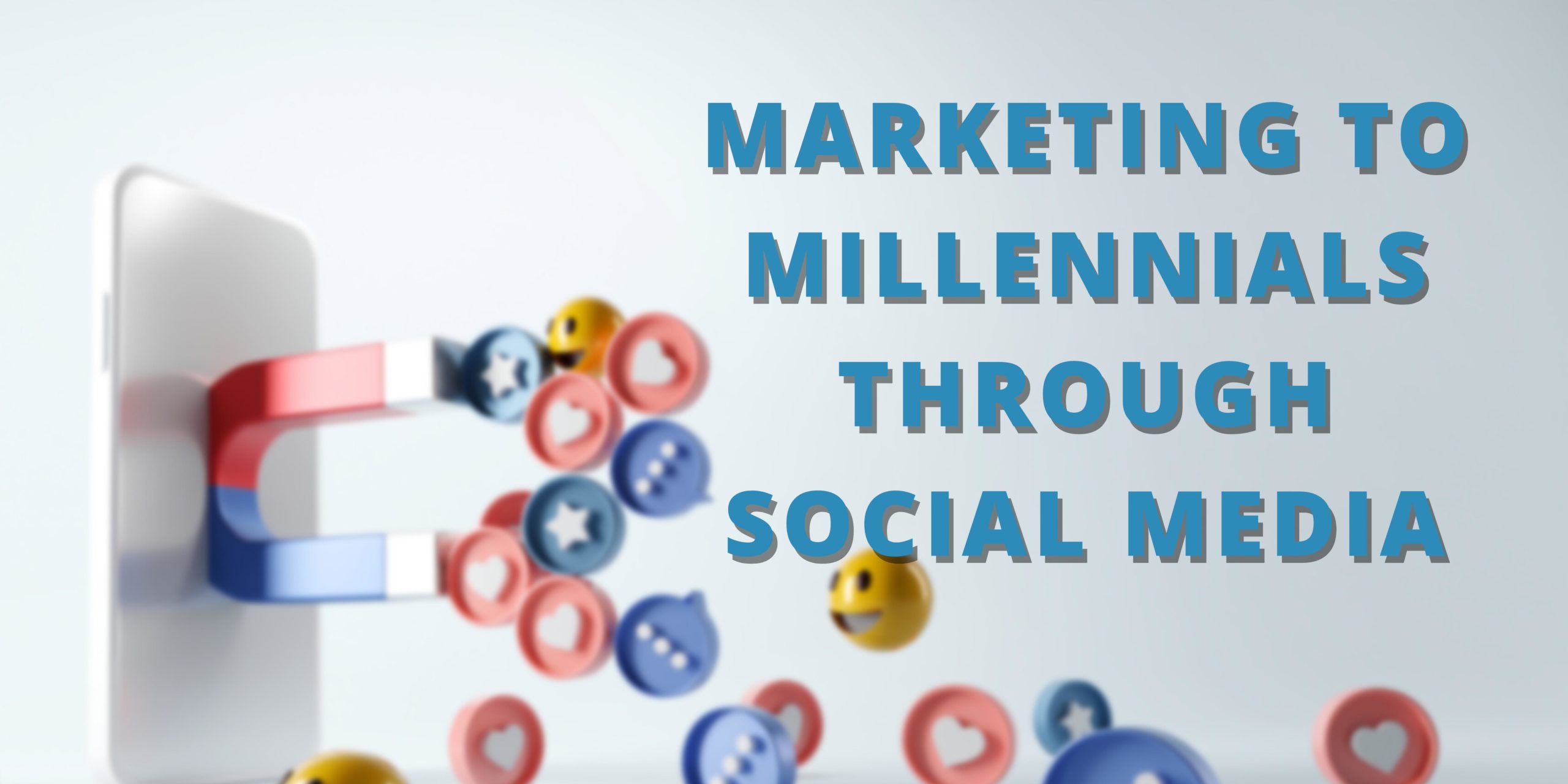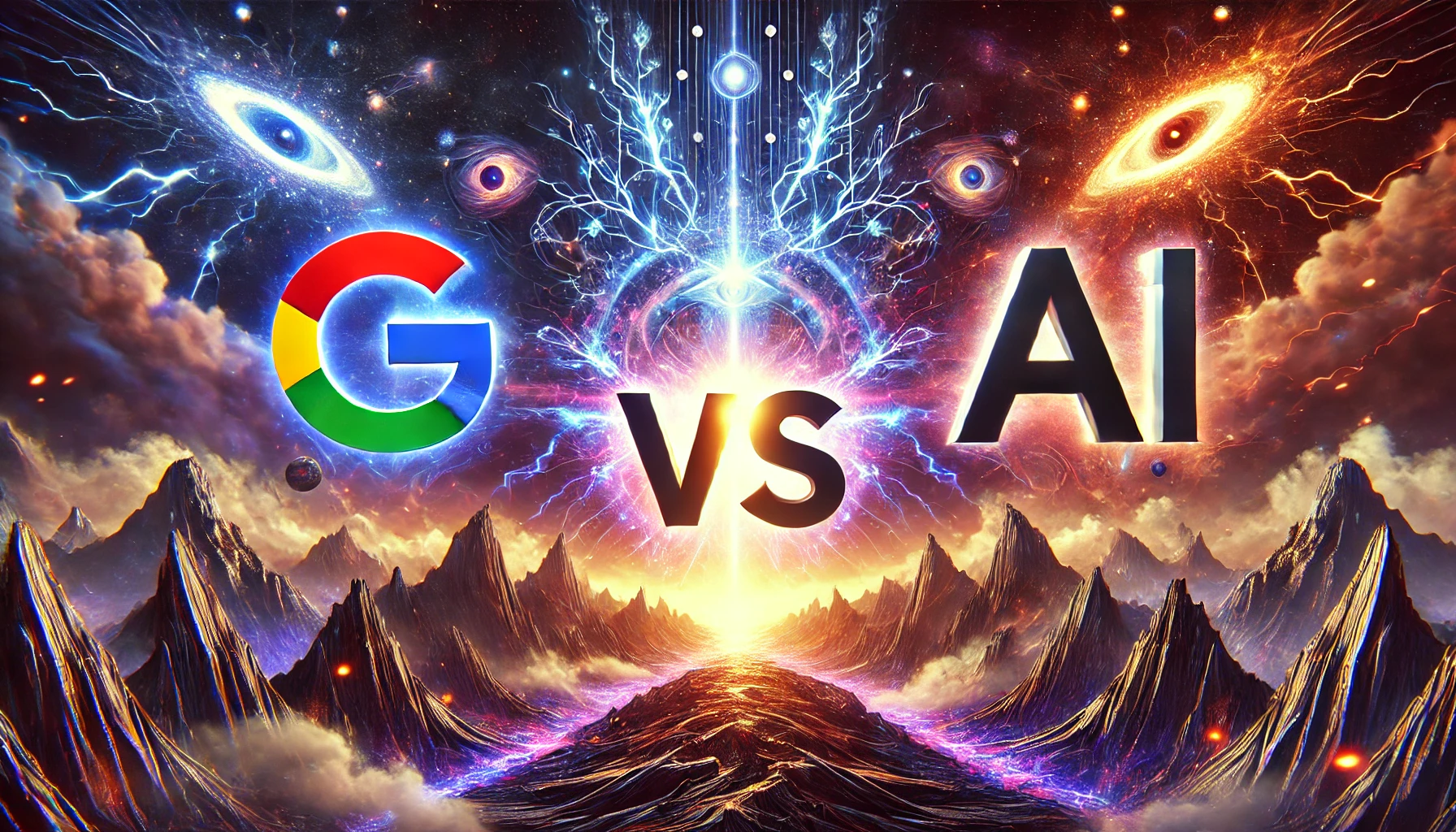Are you unsure of the best ways to market to millennials? It could seem like a difficult undertaking, but it doesn’t have to be with the appropriate plan in place!
Millennials have been referred to as the first global generation as well as the first generation to grow up in the Internet age. The generation is distinguished by increased use and familiarity with the Internet, mobile devices, and social media.
Marketing to Millennials well requires understanding that this is a totally different generation and adapting to how they think and consume. Every generation has its own “codes” for approaching a certain brand or product. Each one is unique. However, with the advancement of technology, generations are beginning to think alike. Millennial marketing techniques might differ from traditional methods.
Here are some ideas for capturing Millennials’ attention and convincing them to buy your product and services or connect with your company.
Who Are The Millennials? And What Are Their Characteristics?
Like humans, generations have personalities, and the Millennial generation is no exception. Millennials, also known as Generation Y or Next, became adults around the turn of the century. According to the Pew Research Center, this comprises all those born between 1981 and 1996 in the United States. As a result, Millennials are currently between the ages of 26 and 41.
So, what characterizes this generation? 5 Need-To-Know Characteristics of the New Millennial Buyer.
- Buyers are influenced by consumer behavior. Millennials are more likely than earlier generations of purchasers to carry their consumer purchasing habits and expectations into decision-making roles. The Millennial buyer’s purchasing choice is influenced by social proof, internet reviews, self-education, self-service, and personal network referrals.
- Buyers are self-educating. The demands of millennial consumers are completely defined before engaging and contacting marketers, which is forcing businesses out of the discovery phase.
- Buyers are uninspired. Millennials are more inclined than non-Millennial customers to use hands-on and outside resources while shopping.
- Buyers are raising their expectations. By adding a robust social media presence to a cold call approach, offering digital self-service choices, and/or managing chatbots with more internal sales professionals, marketers are better able to connect with millennial buyers.
- Buyers are interested in more IQ and less EQ. Insights and knowledge that Millennial buyers demand must be provided by sellers. With Millennials, using IQ may help reduce the seller-buyer gap by utilizing technology, digesting information rapidly, and communicating more effectively.
Strategies For Marketing To Millennials
Participate on social media sites where there are Millennials. To build a YouTube presence, consider making quick instructional videos and tutorials. Have someone who is always monitoring social media and responding promptly and politely. Make a community for your brand online.
The enormous Millennial demographic’s spending patterns must be taken into account by marketers. An improved approach to marketing to Millennials is to focus on a subgroup of them who share a certain social identity. Consider concentrating your marketing efforts on consumers who, for instance, have unconventional lives or who support a certain social cause or internet celebrity.
Place an emphasis on experiences above entertainment. Perhaps more than any previous generation, millennials emphasize their own experiences. Instead of buying the newest product, modern consumers are more concerned with creating an Instagram-worthy moment.
Importance Of Marketing To Millennials
They are the most knowledgeable of all generations, with nearly 25% having post-secondary education reasons why they have become increasingly influential. Millennials think differently about how someone should make money and how corporations should treat employees and customers; they are usually associated more with the new progressive view.
This generation is unique in that 90% own smartphones and many use them as their primary source of information. Marketing to Millennials, then, demands a mobile-first strategy. A one-size-fits-all approach will not work with this generation. Segmentation is key to success when marketing to Millennials.
Some companies have found that creating a purpose-driven brand is the most effective way to connect with this generation. Brands that focus on making a difference in the world, rather than simply selling a product, are more likely to resonate with Millennial consumers.
Sustainability is also important to this generation. Millennials are willing to pay more for sustainable products and they are more likely to switch brands if they feel the company is not doing enough to protect the environment.
Marketing to Millennials can be a challenge, but it’s a necessary one. This generation is incredibly influential and their spending power is only going to increase in the years to come. understanding their values and what motivates them is essential for any company that wants to stay relevant.
Building Relationship Through Digital Technology
Marketers must figure out how to reach every customer across each digital marketing channel and let the world know that they are open for business. The youngest millennials were still in their pre-teen years when the first cell phones were released in the late 2000s, along with coming of age at the turn of the millennium. As a result, they represent the first generation of adults who have grown up used to the world’s navigation being centered on mobile devices.
This is the mobile-first generation, where people are used to accessing the internet and all of their favorite brands through their smartphones. In order to reach these consumers, businesses need to have a strong mobile presence.
What websites and apps do Millennials use on their mobile devices? For the time being, you can find them on Facebook, Instagram, Twitter, YouTube, TikTok, and Snapchat. We’ll go into the details later.
What type of content do they consume on these platforms? Millennials are interested in everything from behind-the-scenes looks at their favorite brands to user-generated content. This is a generation that loves to be involved and engaged.
And how can you reach them on these channels? By creating compelling content that speaks to their interests and by using marketing strategies that are designed to reach them where they are spending the majority of their time: on their mobile devices.
Mobile-first marketing is all about creating a seamless customer experience across all channels, with a focus on the mobile user. It’s about understanding how your customers use their smartphones and tailoring your marketing efforts accordingly.
Targeting Millennials Through Paid Ads
Like all previous generations, millennials are open to compensated advertisements. But if you can’t exactly figure out what they’re looking for online, it might not appear that way.
Keep in mind that sponsored advertisements should appear far more frequently on mobile than on desktop. Since millennials prefer their phones to their personal computers, concentrating on mobile advertising will increase your chances of reaching your target market.
- Generate a video: Millennials are more likely to watch a video than read an article. So, if you’re looking for the most bang for your buck, consider creating a video ad. You don’t need to be a professional filmmaker; just make sure the video is high quality and informative.
- Utilize advertising to acquire data: The main objective of advertising is to increase sales. But as the value of first-party data increases, you should also utilize advertising campaigns to evaluate your marketing theories.
- Make it interactive: Although millennials have a reputation for being addicted to their devices, they’re actually quite picky about the content they consume. If your ad isn’t interactive, chances are it will be ignored.
- Think outside the traditional ad format: Traditional ads are becoming increasingly irrelevant, especially to millennials. If you want to reach this demographic, you need to get creative with your marketing.
When it comes to targeting millennials, consider using platforms like Snapchat and Instagram. Younger people are more likely to be on these platforms than on Facebook or Twitter. You should also use relevant hashtags to ensure that your ads are seen by people who are interested in what you’re selling.
And don’t forget that millennials are bombarded with advertisements everywhere they go. So make sure your ads are creative and eye-catching if you want to stand out from the crowd.
Marketing To Millennials Through Social Media
When marketing to millennials on social media, you may approach your ad campaign using many of the same techniques. However, millennials won’t entirely avoid advertisements that directly address their needs. Make sure the message aligns with the platform in order to better understand how to market to them on social media.
Facebook: 83% of millennials using Facebook because of it’s being accessible to all users, including baby boomers and older audiences, today’s millennials continue to utilize it in astounding numbers. And that’s fantastic news since Facebook is one of the most advanced internet advertising platforms, especially for pinpointing a particular target market.
Twitter. When tying your business to a Twitter user’s particular demand, sponsored tweets with videos are highly effective. It’s important to note that 80% millennials who use Twitter are often wealthy millennials, according to Twitter’s own data. This makes the platform a surprisingly suitable location to market expensive goods.
YouTube. The significance of images that appeal to millennials should be emphasized in your YouTube marketing plan. With more than two billion users globally, you’ll need to hook them in the first few seconds of every video, provide valuable material that compels them to learn more, and develop a strategy that exemplifies your brand as open, sincere, and eager to interact with your audience.
TikTok. Since TikTok has become one of the most widely used social media platforms and is projected to have 1 billion monthly active users by September 2021, it is a good medium for engagement and mass audience outreach. It may involve a variety of strategies, including influencer marketing, TikTok advertising, and the production of naturally viral content.
Conclusion
Millennial marketing may be difficult. If you adhere to the above advice, you may sell your services more successfully and bring in new clients. The goal, as always, is to truly understand your target audience, go where they are, and effectively use or advertise using digital technologies. If you can accomplish that, you’ll be well on your path to success. You must promote your company as many other businesses do in order to earn leads, market share, and profits.
There are numerous strategies to market your business, but not all of them will be successful in attracting Millennials as customers. Which social media platform Millennials utilize and where do they spend the majority of their time are the most efficient strategies to create leads for them. Keep in mind that digital marketing is always changing, so stay up to date with the most recent advancements. The most crucial step is to take a strategic strategy. By focusing your efforts on certain techniques and approaches, you’ll raise your chances of generating leads and seeing results.
And Giant Partners are more than willing to help you out if you need assistance getting started. We will assist you in creating a marketing plan that is precisely designed to produce leads for Millennials. Let us demonstrate how we can help your company expand by getting in touch with us right away.
So why are you still waiting? Start right away!




















